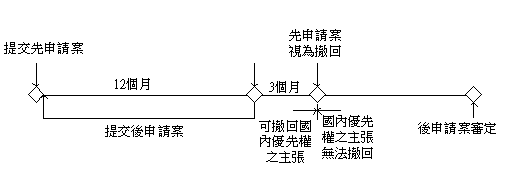Application for customs action at the EU border
In the last few decades, counterfeiting and piracy have become widespread, affecting almost every country in the world and a wide range of industries. Regulation 608/2013 concerning customs enforcement of intellectual property rights and repealing Council Regulation provides prevention to the import and export of counterfeit goods, allowing customs authorities to suspend the introduction of goods into de EU if they are suspected of infringing and IP right. In addition, the national trademark acts of the EU states set out stipulations regarding border seizures.
The Regulation provides two types of custom actions in case of suspected counterfeit:
- ex-officio actions which only occur in exceptional cases (3% of EU-wide customs actions)
- actions based on earlier filed application for action.
In both cases the competent customs authorities will detain the goods and notify the IP holder or his representative, and confirm the counterfeit. If the infringement is confirmed, the Customs will not release the goods.
The application may be submitted only with respect to intellectual property rights based on Union law and producing effects throughout the Union, which means that only Community IP rights owners can file a Union application. The application shall be submitted with the competent customs office in a Member State requesting action pursuant to the Regulation by the customs authorities of that State, and will be taken in the state where the application is submitted and also in other states referred to in the application.
The application must contain information on the IP rights to be enforced, as well as listing the technical and administrative contact persons. Also, it must contain specific and technical data on the authentic goods. The applicant must also assume liability for all costs resulting from the detention (destruction, storage) and also in case the alleged infringement proves to be unfounded.
Once the application is successfully filed and granted, the custom authorities will proceed to the seizure of any suspected infringing goods in the relevant territory and will notify the right holder accordingly, who must confirm the likeliness of infringement. Afterwards, the custom authorities have the power to destroy the infringing goods at the expense of the right holder, provided that the owner or the declarant of the seized goods does not oppose to the destruction within ten working days from the notification of the seizure.
On the other hand, in case the counterparty objects to the destruction, the right holder must negotiate a settlement agreement and enforce its IP rights according to the applicable national law.

 友好網站連結
友好網站連結 